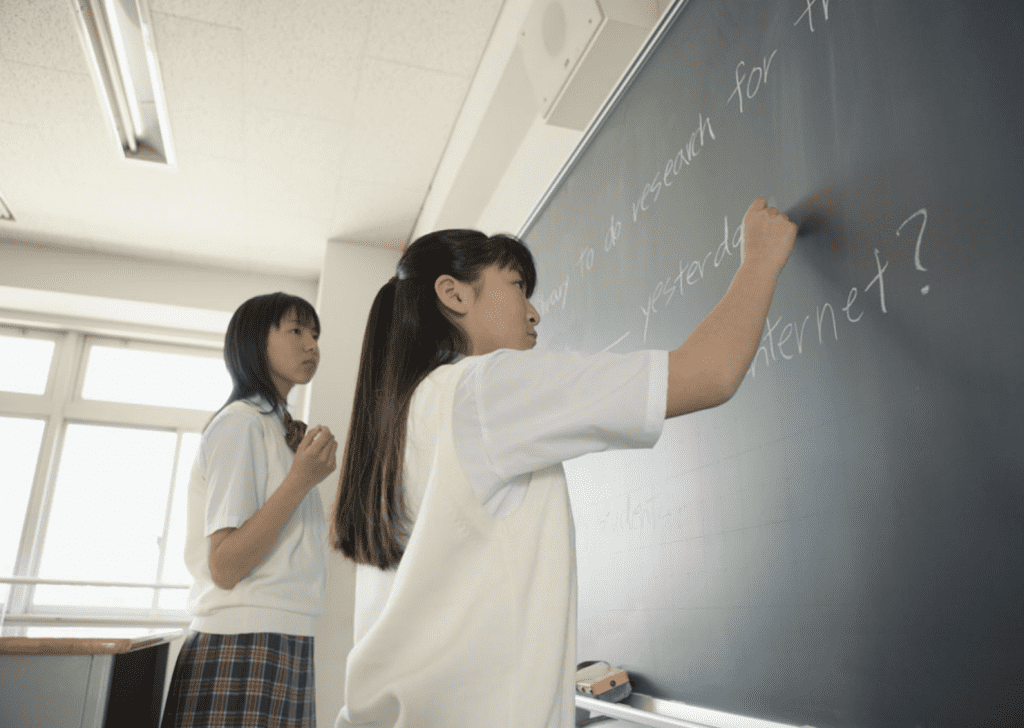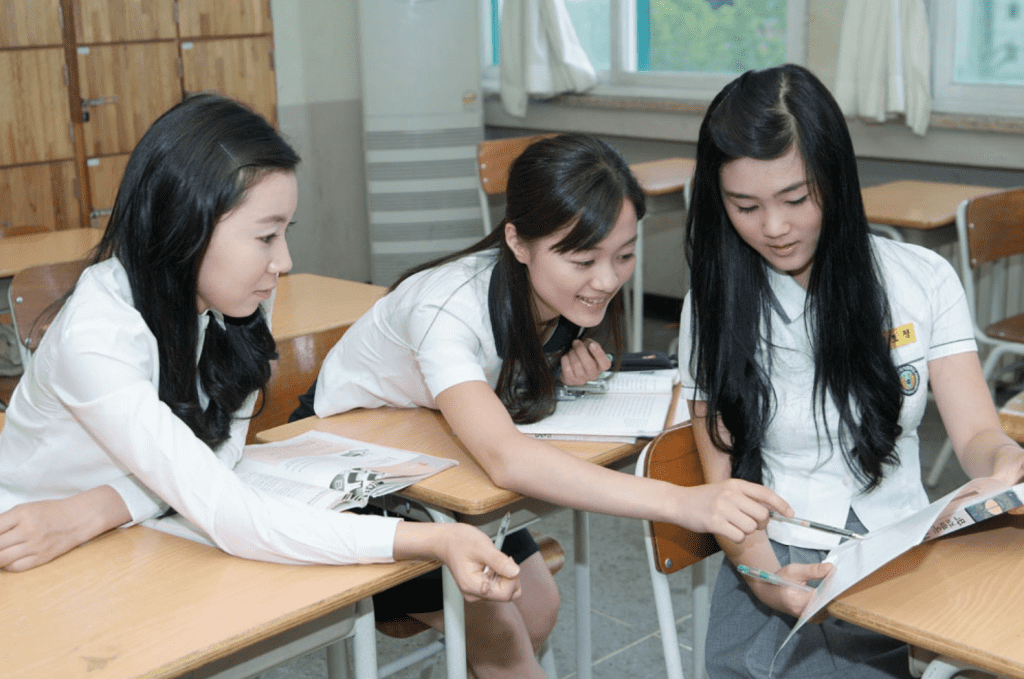
If you have an idea but do not know how to develop it, brainstorming with a friend or a group can help you out. It allows an idea to grow thanks to the contribution of each member. It also helps students think outside the box and get them involved. Each session can also help improve a student’s performance.
If you want to get those ideas flowing, here are some tips to get you started:
Don’t Limit Your Ideas
Brainstorming works well if you allow your mind to think and let it come up with the harebrained and crazy ideas you don’t normally consider.
Even the weirdest ideas can lead to the solution you are looking for. It can also open opportunities that you never thought is possible.
Ideas beget ideas
Ideas grow the more you add ideas to support it. Of course, when you brainstorm, it is important that you let the ideas flow.
But, you also need to practice saying “And” when listening to other ideas. This ensures that you are ready to listen to other ideas even if you have questions about their ideas.
Quantity Counts
Ideas do not work on its own so you will need some more ideas to make it possible.
If you only reach a few ideas after you brainstorm for an hour or so, it means you have overanalyzed your ideas. Only refine your idea if you already have a bunch of ideas waiting to be added to your main idea.
You can also refine in your next brainstorming because you may have thought of other things to add to your discussions.
Visual Brainstorming
If you are brainstorming alone and you would like to refine an idea, why not use a Post-it, paper or board to help you brainstorm?
Sometimes, drawing, writing or picking apart your ideas on a visual medium can make an idea more visible. It also helps you hone that hidden talent you may have in drawing or writing.
Stay Focused on The Topic
As you brainstorm, there will be times you will stray from the topic and talk about something else.
This can be dangerous because you might miss the ideas you need to sort out your main idea. It will also add discontent and arguments in your brainstorming session.
If you think you are close to being off-topic, try pushing it back to the topic. If you do find an off-topic that is interesting, bring it up when it is needed or mark it down for the next session.

How to Do a Group Brainstorming Session
Brainstorming does not have a specific format on how it can be done. However, you do need to lay down some rules because you may stray away from your topic if you are not careful.
Here are some ways on how you can conduct your group brainstorming session.
Have someone moderate it
In brainstorming, every idea is ok. There’s no good or bad because any idea can be worth a million. However, as we debate on the ideas with support, it can get a little messy.
Have your teacher, mentor or tutor moderate the discussions. They will also ensure that everyone contributes to the talks. A good example is to engage a tutor specialised in the discussion topic you are hosting. A good tutor will guide you and your group in the right direction.
Have a time limit
Brainstorming sessions can take a lot of time because you can’t reach a conclusion. Sometimes, discussions can take ages and it can end without a certain conclusion.
Every topic also varies when it comes to its discussions, which is a standard. However, it is best that you set up a time limit so you will be able to sum up the ideas at the end and pick the topics you want to discuss further.
Sort the Discussion
Before you begin, sort out the questions to ensure that everyone can contribute great ideas. Have your moderator prepare supporting questions for your topic so students can think of other scenarios for the topic.
You should also ask your classmates or groupmates to list down their ideas so you can all look at it during your discussions.

Tips on Organizing Brainstorming
If you find yourself leading your brainstorming session, here are some tips on what to do to keep everything organized.
For basic brainstorming
List down all the ideas in the blackboard or a chart so you can inspire others to share their ideas. Give them a short time to think of ideas to list down. Once that time is up, look over the ideas and find something to discuss.
For paired brainstorming
If the brainstorming group is huge, one way is to group everyone in pairs, encourage the pair to discuss among themselves and present their ideas on paper. Once the discussion has completed, have one of them read the list.
Pie method
Draw a circle on a clean sheet of paper and write the topic in the middle. You can then divide the circle into several parts to represent the supporting topics.
Once these are laid out, put down your ideas, which correspond to which sub-topic and write it down. When the session is done, the diagram will show all the ideas you need to know about the main topic.
Card Method
When using this method, you can pass down ideas by using a stacked card. You will then pass these cards to the right so the person next to you can write the idea they think is related to the topic you wrote down.
If you can’t think of anything to write, you can write down a question that you think is related to it or want to discuss. When all the cards are written and sorted out, the moderator can look at the cards and see if there is a trend.
Conclusion
Brainstorming will help to build creative and critical thinking during the project period and is a fun way to look at ideas if you are having trouble thinking about it. You get to angles which you may have ignored but definitely relates to your topic. If you find it hard to brainstorm, our guide above will definitely help you out.
For more tips to study better, here are some articles that may interest you:
Top 8 Study Apps for Secondary School Students
10 Memory Techniques For Studying To Excel In Singapore Education
